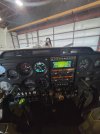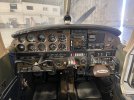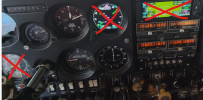Neuroscience might beg to differ, but the issue isn't "stupidity" it's different response profiles to reward and risk stiumulus. Significant development continues well into the 20's.Agreed, but as is well documented, various pressures to fly can easily overwhelm better judgment. Young men are not inherently stupid or reckless, but on average they are less mature. Maturity should in theory better prepare us to resist those pressures. I can picture this young man getting excited about his newly purchased airplane, to the p

What neuroscience tells us about the teenage brain
New research now turns an old assumption on its head, as psychologists seek to optimize social contexts and environments for developing minds.
 www.apa.org
www.apa.org

At risk of being risky: The relationship between "brain age" under emotional states and risk preference - PubMed
Developmental differences regarding decision making are often reported in the absence of emotional stimuli and without context, failing to explain why some individuals are more likely to have a greater inclination toward risk. The current study (N=212; 10-25y) examined the influence of emotional...
Again, this doesn't account for the middle aged friend of mine who left a smoking hole in the ground on a VRF day, but since we're solving all the worlds problems here, it would probably be wise to acknowledge that although the mistakes of 20 years olds might end the same way as those of 50 year olds, but the mental mechanisms may be different.
Yeah, "bad ADM" is the same for both - I'm talking about once you look into the why.













